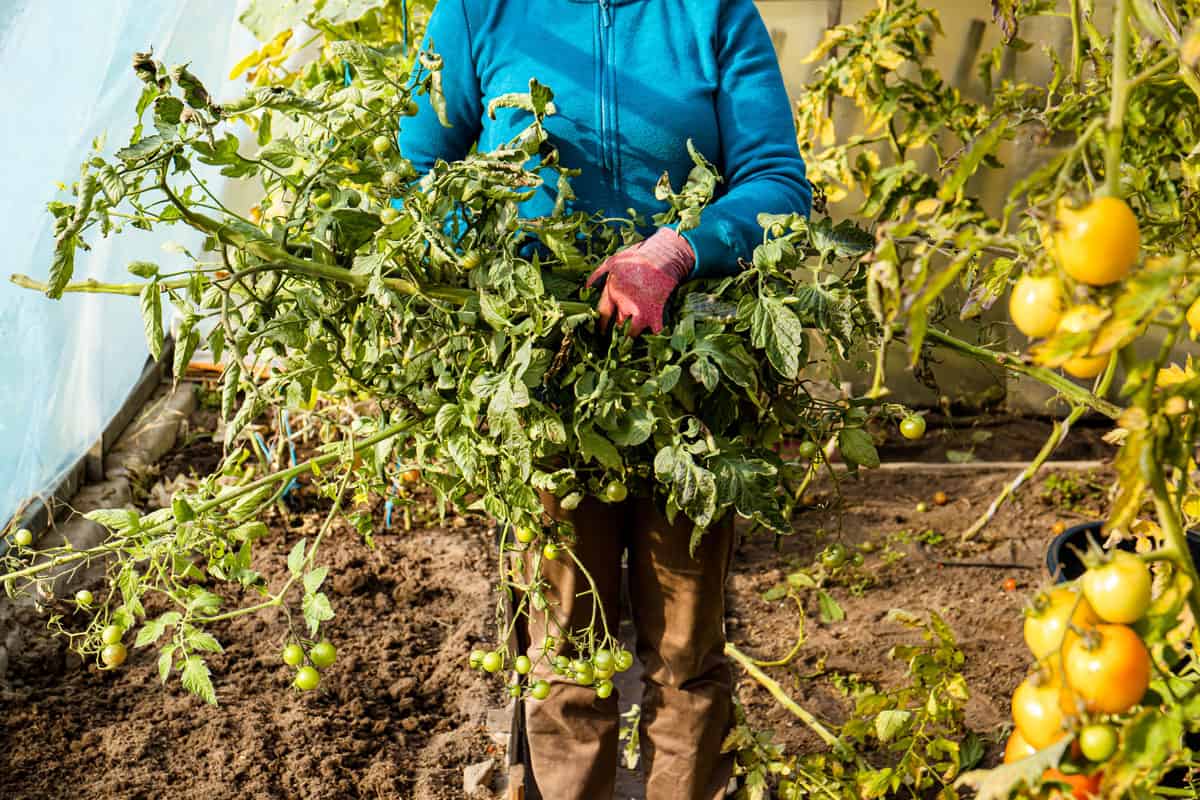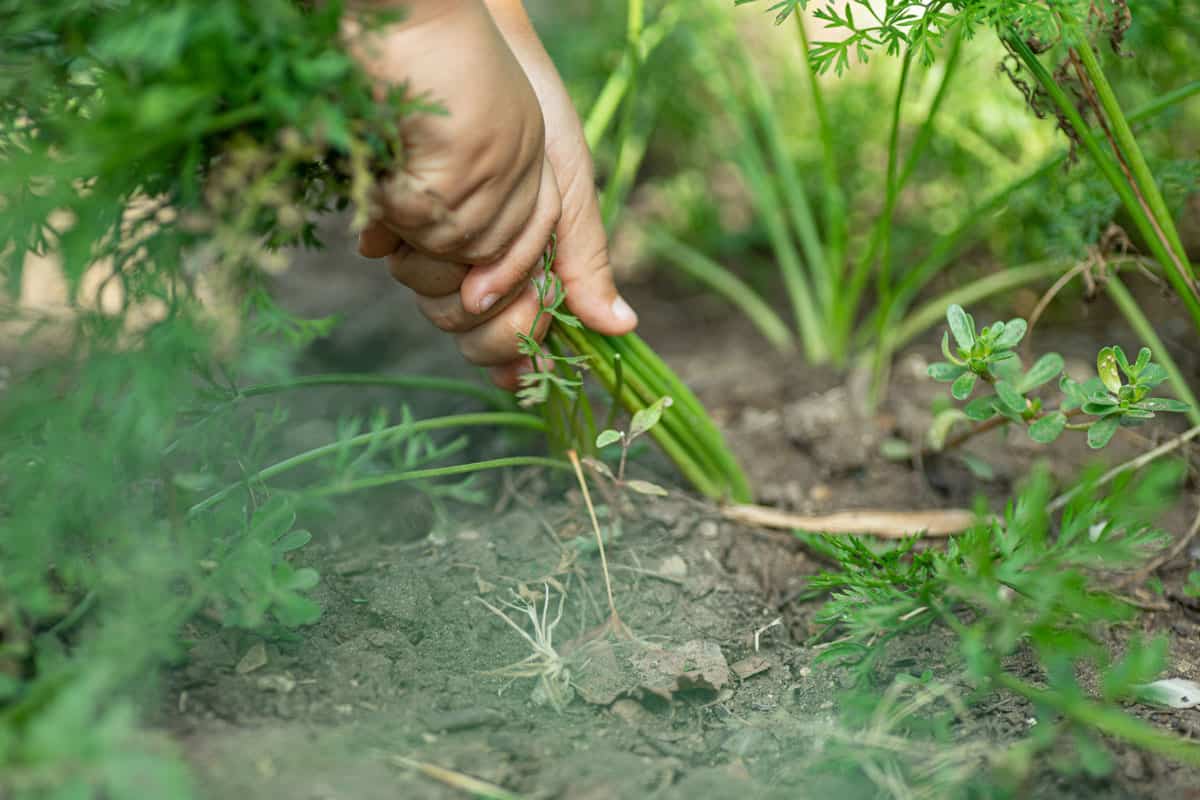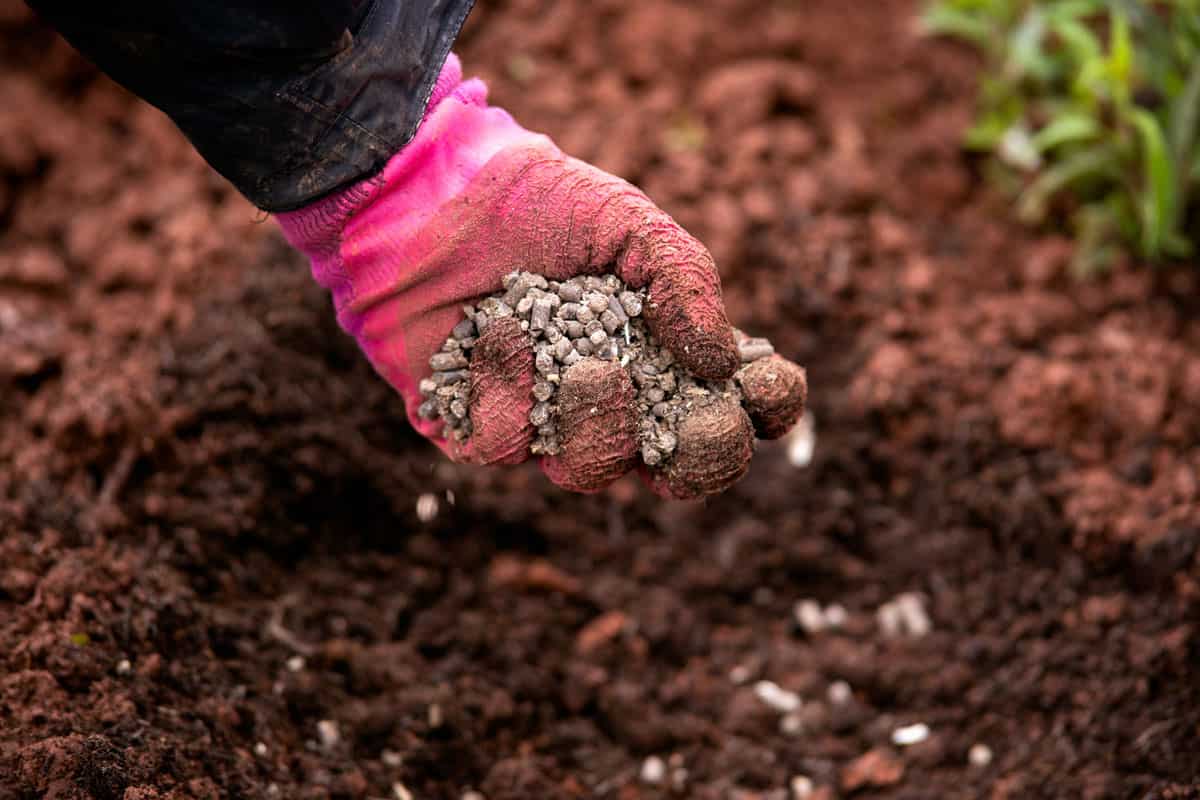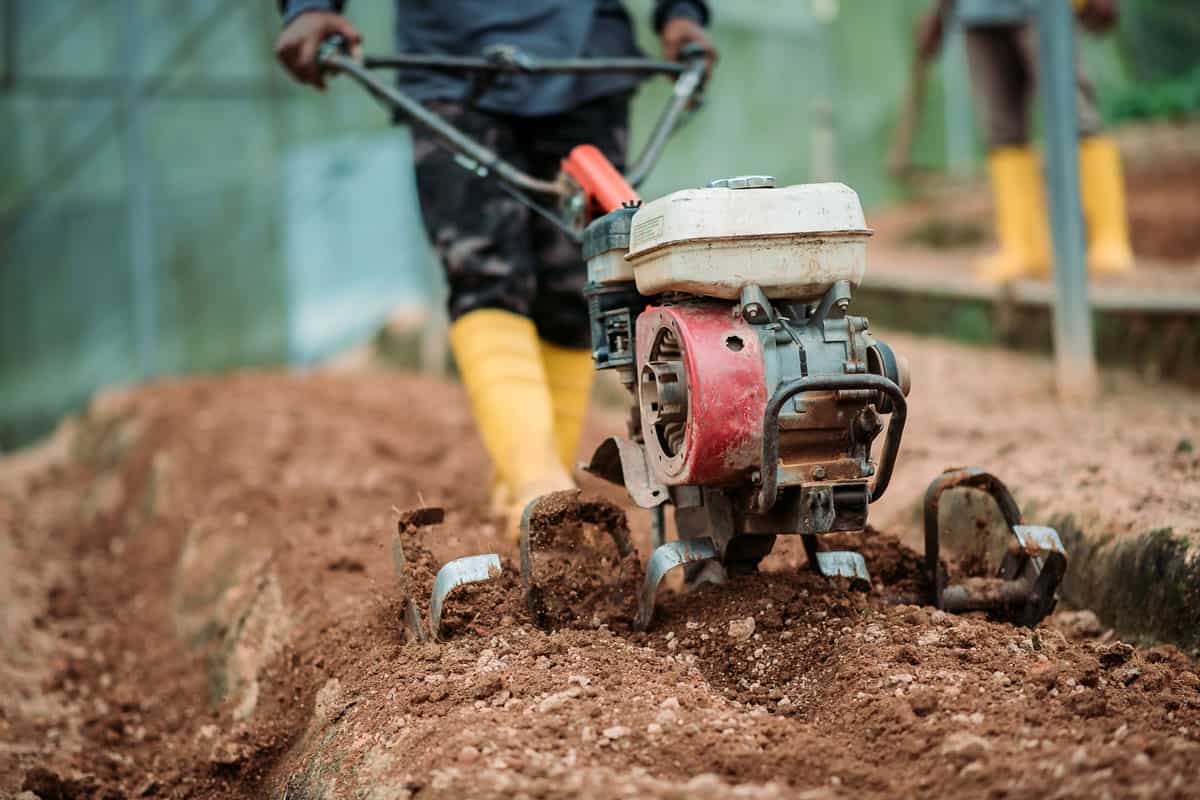For most of the year, gardening may be relaxing if you know what else to plant. Just after tomato season is done, which is often in late September, you can add a variety of plants to your garden. After tomatoes, what else can you plant? How can soil be improved and replenished after tomatoes? We conducted extensive research to give you the most significant information and answers.
Amending your soil by adding compost or other organic material is the greatest way to revive it. Crop rotation is additionally advised to aid with soil regrowth. The crops that will best support your soil and allow it to flourish are those that require little or no maintenance, such as legumes, onions, dill, carrots, and beets.
Thinking ahead when planting veggies in your garden is crucial and considering what will follow the current crop. Learn more about the plants you can substitute for tomatoes in your garden, how to prepare and amend your soil, and why it's important to rotate your crops by reading on. Our guide will elucidate.
![hand of person holding abundance soil for agriculture, How To Replenish Soil After Tomatoes [Inc. Amending Soil Or What To Plant]](https://gardentabs.com/wp-content/uploads/2022/09/How-To-Replenish-Soil-After-Tomatoes-Inc.-Amending-Soil-Or-What-To-Plant.png)
How Should Soil Be Prepared After Tomato Plants?
After tomato plants, you'll need to prepare your soil for a new crop. Once you've gathered your tomato plants, you can't immediately put carrots or beans straight into the ground.
As a first step, eliminate whatever supports you may have placed on site for the tomato plants. Any tomato cages, poles, baskets, and ties must be taken down.
Clean them up, so they are ready for your subsequent crop, then store them securely. The next step is to clear the garden of any leftover tomato plants.
Any leftover tomato plants should be pulled up, the roots pulled out, and any fallen fruits collected. It would be beneficial to throw away any plant debris or burn it.
You can use a spade or a tiller/cultivator to cultivate the soil. This will encourage aeration, which will aid in the removal of any microbes that might be hazardous to your subsequent crops. You can start getting ready to plant your subsequent crop when that is finished.

Selecting A Garden Soil Amendment
How do you choose the best amendments for your garden when there are so many different kinds available? Start by testing the soil. A soil test can reveal important details about your soil's health, including its pH, amount of organic matter, and general fertility.
When you are aware of your plants' demands and the soil's condition, you may select amendments that work well. Perhaps your soil needs extra nitrogen. That includes composted animal manures. If you want to immediately improve your soil, such as in a vegetable garden, choose a fast-degrading additive like cow manure.
Choose a material like compost that takes time to break down—it will provide a consistent feed throughout the growing season in a permanent border or with long-lasting vegetables like tomatoes.
The pH of the soil is another aspect of developing healthy plants; excessively acidic or basic soil stops plants from absorbing nutrients. Sulfur could be applied to soils in basic locations to bring pH levels to appropriate ranges.
How frequently should your soil be tested? Even if your garden is doing well, it's a good idea to obtain a field experiment every four to five years. It is inexpensive and aids in determining which garden to plant.

Garden Soil Supplements Come In A Variety Of Forms
Bundles of sacks of composts, organic manure, and many other amendments are probably available at any garden center. Bigger greenhouses also might sell bulk supplies by the cubic yard. Here are some of the most popular gardening amendments.
Compost
Compost is a common garden soil addition, which can be created in your garden or bought at a garden supply store. Typically, leaves, garden waste, and decomposing organic material like vegetable peelings are used to make it.
Compost works wonders as a soil amendment, strengthening mainly clay and sandy soils, boosting water retention, and promoting plant development.
Animal Droppings
Farmers and garden centers both sell huge quantities of livestock manures in bags. Sheep, cow, and horse manures are all common. Because the quality and amount of nutrients in each type vary substantially, we advise conducting some studies first.
Cow manure is among the most popular for gardening type, whether in bags or in bulk. In addition to a healthy supply of nutrients, it offers a lot of organic matter.
Sheep dung is a preferred type of bagged manure because it contains high levels of organic matter and minerals like nitrogen.
Horse manure is frequently referred to as "weedy manure" since horses don't completely digest seeds the way cows do. Nevertheless, less digested manure yields a greater topsoil amendment.
Leaf Mold or Chopped-Up Leaves
In the fall, crushed leaves can be raked into vegetable beds or allowed to decompose into leaf mold. Among the greatest additions is leaf mold since it dramatically enhances soil texture and structure, increases water retention, and provides a ton of hummus.
Making your compost from leaf mold is also very simple. Just two things are required: time and leaves. Shredded leaves are the ideal place to start since they decompose more quickly.
Use a chipper/shredder to shred the leaves, or mow them several times to cut them into tiny pieces. The leaves can be gathered in a free-form pile, placed in a compost pile, or enclosed in a ring of wire fencing.
Bog Moss
Bog moss or peat moss has already been promoted as a "soil conditioner" for many years. It is created from ground-up dried sphagnum moss and is airy and fluffy.
It is also a crucial component of potting mixtures. If you've ever attempted to rewet dry peat moss, you've probably discovered how challenging it may be.
Dry peat moss is not a great mulching or top-dressing amendment since it repels water. It can acidify the topsoil and has very few nutrients or microbes.
Check this organic vegetable plant fertilizer on Amazon.
Find this compost and manure fertilizer on Amazon.
What Should I Plant After Tomatoes?

Your garden won't be able to maintain other crops with the same feeding demands because tomatoes are heavy feeders. As we mentioned above, the ideal plants to plant after tomatoes are those that require little maintenance and can withstand the chilly autumn weather.
These plants thrive on soil that has previously supported tomato plants, making them perfect for planting after tomatoes.
Legumes
After tomatoes, legumes are the most common vegetable to be planted in gardens. This family of plants includes Clover, peanuts, peas, alfalfa, and beans.
Because legumes' roots will replenish your soil's nitrogen levels, they are a fantastic crop to plant in rotation with tomatoes. After such a crop of hungry tomato plants, it will be a huge benefit to your garden.
Onion
After harvesting your onions, they must plant heavy feeders because onions are light feeders. After you've harvested your bulb harvest, you should plant your onions. Planting heavy feeders such as winter squash, pumpkin, or tomatoes should come after onions.
Dill
The gardeners can gain various advantages from the herb dill. Pests that feed on brassicas, such as broccoli and cabbage, are repelled by it. Dill can draw parasites of the tomato hornworm and improve the well-being of tomato plants.
Carrot
Carrots are a fantastic crop to plant after tomatoes because the latter will have cleared the soil of weeds, giving the former more space to grow. Two veggies that are frequently cultivated together are carrots and tomatoes.
When tomatoes start to take over the area, carrots are collected. For reciprocal advantage, asparagus and tomato plants are planted together.
The asparagus serves to keep pests away from the tomato plants, and the tomato plants, in turn, offer protection for such asparagus.
Beetroot
A gardening practice called companion planting involves growing two or more plants together to increase an area's production. Companion planting can enhance vegetable flavor, ward against pests, and draw in beneficial insects.
Some plants clash, while others, like vines and corn, complement each other perfectly. Corn and tomatoes are an illustration of companion planting.
While corn supports the tomato plant, tomatoes help keep destructive insects from devouring the corn. In companion planting, veggies are chosen that complement one another and have comparable environmental requirements.
Why Is It Important To Rotate Crops After Tomatoes?

Following tomatoes, rotating your crops will keep the soil in your garden healthy and encourage crop growth. Tomatoes are heavy feeders because they use up a large part of the nutrients in the soil.
Alternating lighter-feeding plants throughout your garden can encourage soil regrowth and give your crops the nutrients they need to thrive.
Crop rotation also helps prevent concerns with insects and diseases transmitted through the soil. The Solanaceae family of plants can act as the ideal breeding ground for pests and illnesses, rendering your garden worthless for years.
These plants are subject to the same diseases that harm tomatoes. You can assist guarantee that the soil in your garden has all the nutrients it needs and that your plants develop by rotating the crops you grow there.
Final Thoughts

You have several wonderful planting options after your tomatoes. Because of their roots, legumes are an excellent choice because they help to replenish nitrogen, and due to your tomato plants, carrots will profit from weed-free soil.
Crop rotation is necessary for your garden to maintain nutrient-rich soil and healthy plant growth. You also learned how to pick the ideal amendment in this post, as well as how to prepare the soil for tomato plants.
Here is another related post you may want to read:


